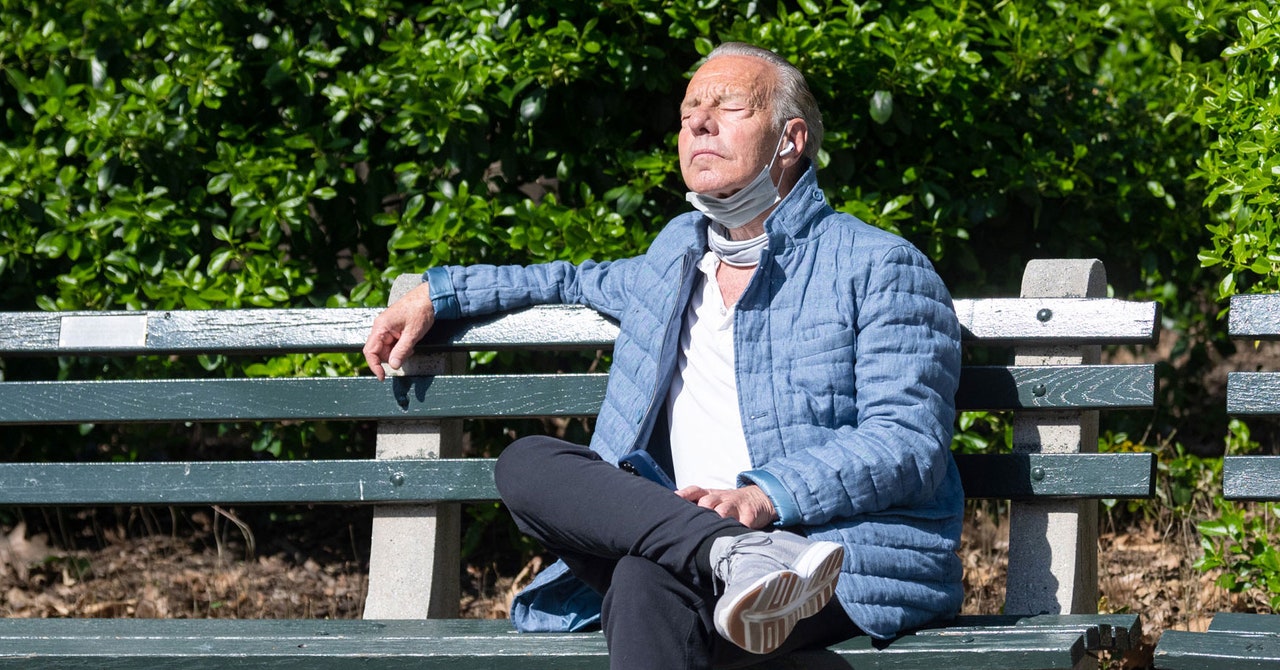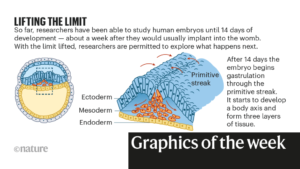I’m Vaccinated. When Is It Safe to Take My Mask Off?
Outdoor concert events, for instance, typically have individuals tightly packed collectively for a number of hours and carry extra threat, Popescu says. “Ventilation is important and there’s great ventilation outside, but that can only do so much when you’re shoulder-to-shoulder with hundreds of people for hours, yelling and shouting,” she says.

Outdoor concert events, for instance, typically have individuals tightly packed collectively for a number of hours and carry extra threat, Popescu says. “Ventilation is important and there’s great ventilation outside, but that can only do so much when you’re shoulder-to-shoulder with hundreds of people for hours, yelling and shouting,” she says.
But I’m Healthy and a Risk-Taker
Aside from the rules above, there are two fundamental components to take into consideration in deciding whether or not to put on a masks: defending your self and defending others. Unless you’ve been fully away from all individuals and had a destructive Covid check that morning, you will have to assume there’s at all times an opportunity you’re contaminated, and due to this fact that you may infect others.
If you’ll be round individuals at excessive threat for an infection or extreme illness—similar to immune-compromised individuals, unvaccinated youngsters, older adults, or somebody with a high-risk situation—it’s most secure to put on a masks to defend them from you. In locations like grocery shops and pharmacies, the place practically everybody wants to go even when they’re in a high-risk group, the thoughtful factor to do is at all times put on a masks, no matter native transmission charges, since you don’t know when you’ll be round susceptible people.
(adsbygoogle = window.adsbygoogle || []).push({});
In locations like eating places, bars, and residential get-togethers the place you’re not required to put on a masks, your resolution relies upon extra by yourself level of risk tolerance. How a lot threat of publicity are you comfy with in alternate for not sporting a masks?
“There’s a framework of interventions that are important to prevent you from getting Covid, and then there’s people’s risk factors for a bad outcome,” says Anthony Harris, an epidemiologist on the University of Maryland School of Medicine. “If you combine those two hierarchies with someone’s own subjective assessment of risk, that’s how they should make decisions. There’s no black or white.”
Aside from native an infection charges, you will have a number of components to take into account:
- How seemingly are you to develop extreme illness you probably have a breakthrough an infection? If you’re in your 70s or immune-compromised, you could fare worse with a breakthrough an infection even when it doesn’t kill you.
- Are others round you vaccinated or unvaccinated? (If you don’t know, assume some are unvaccinated.)
- How shut are you to others?
- How lengthy are you there or how lengthy are you shut to others?
- How massive is the realm?
- How nicely ventilated is the realm?
Mask Quality Matters Too
Also take into account that not all masks are created equally.
“I encourage people to focus on utilizing a quality mask, which is about fit and filtration,” Popscu says. “Ensuring the quality of masks becomes that much more important indoors.”
Michael Osterholm, director of the Center for Infectious Disease Research and Policy on the University of Minnesota, has advocated for months that Americans put on better protection than material masks, whose high quality and effectiveness fluctuate drastically. In the primary half of 2020, public well being consultants discouraged the general public from sporting N95, KN95, and comparable respirator masks in order that healthcare staff had sufficient. But now, Osterholm says, healthcare staff and different professions who want respirators have lots. There’s no cause most of the people shouldn’t frequently put on these much more effective masks too. If nothing else, pair a material masks with a medical masks.
Ventilation, Ventilation, Ventilation
Of the components above, that final one is among the many most vital, says Alex Huffman, an atmospheric chemist who research bioaerosols on the University of Denver. The cause “outdoors is dramatically safer than indoors” is that virus particles exhaled by others don’t have an opportunity to construct up. They simply float up and away. Indoors is a special story.
The virus-containing aerosols that an contaminated individual exhales “get mixed into the room and can build up in concentration if the ventilation is insufficient,” Huffman says. In a stagnant room the place the aerosols construct up, it takes fewer breaths to inhale sufficient virus to turn out to be contaminated. Room quantity issues too, he says.



